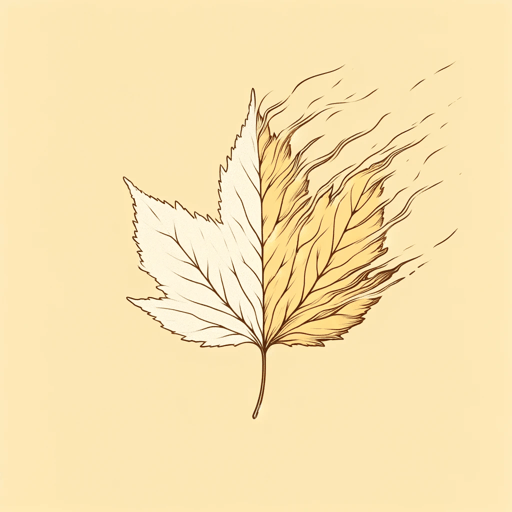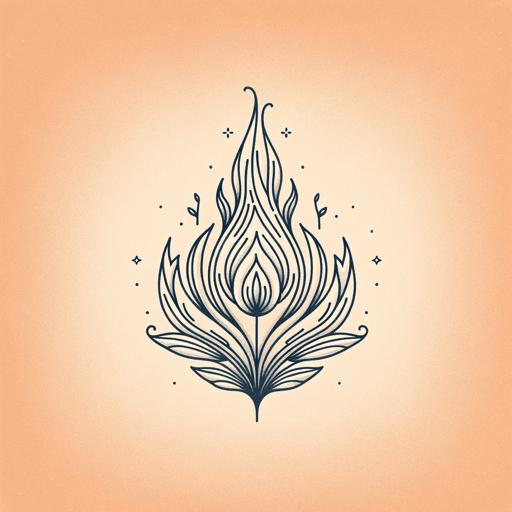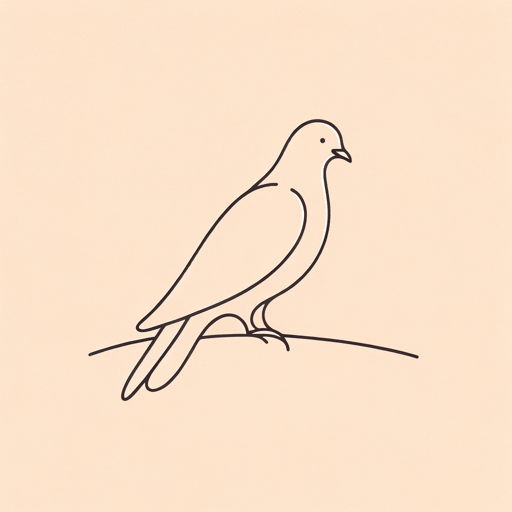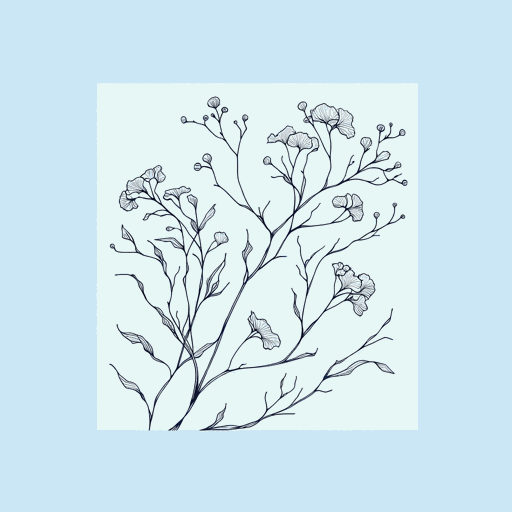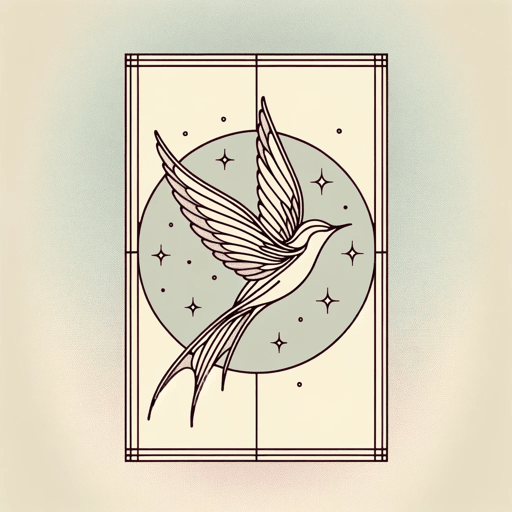19 pages • 38 minutes read
Gerard Manley HopkinsSpring and Fall: To a Young Child
Fiction | Poem | Adult | Published in 1918A modern alternative to SparkNotes and CliffsNotes, SuperSummary offers high-quality Study Guides with detailed chapter summaries and analysis of major themes, characters, and more.
Literary Devices
Form, Meter and Rhyme
The poem is short, with only 15 lines arranged in one unbroken stanza. The rhyme scheme is AABBCCDDDEEFFGG, dividing the poem into a series of couplets neatly interrupted in the middle (Lines 7-9) by one rhyming tercet (three-line verse). The standalone tercet serves to emphasize the poem’s turn towards its resolution, the first glimpse to its final reveal. The three lines end with the meaningful words “And yet you will weep and know why” (Line 9); the lines show that the “why” behind Margaret’s grief can be known. The poem’s final line, with its alliterating “m” sound states the answer to which the tercet alludes: “It is Margaret you mourn for” (Line 15). The poem’s lines are enjambed: the central thought of a line runs into another. For the most part the enjambments are regular.
While the rhyme and enjambment is regular, the poem’s meter is unusual with different lines containing a different number of stressed syllables. The poem uses “sprung rhythm,” an original meter which Hopkins adapted from oral poetry and Welsh literature. In sprung rhythm, each metrical foot begins with a stressed syllable that may be followed by a cluster of stressed or unstressed syllables.
Related Titles
By Gerard Manley Hopkins
